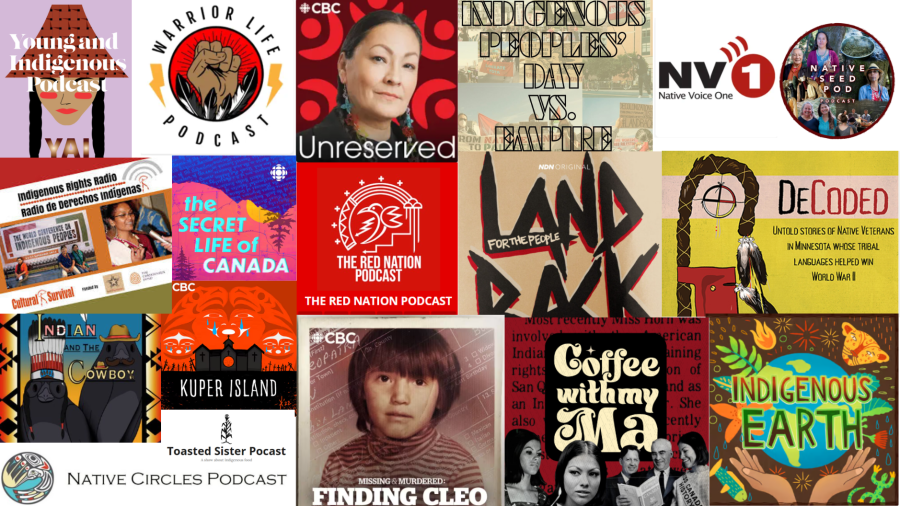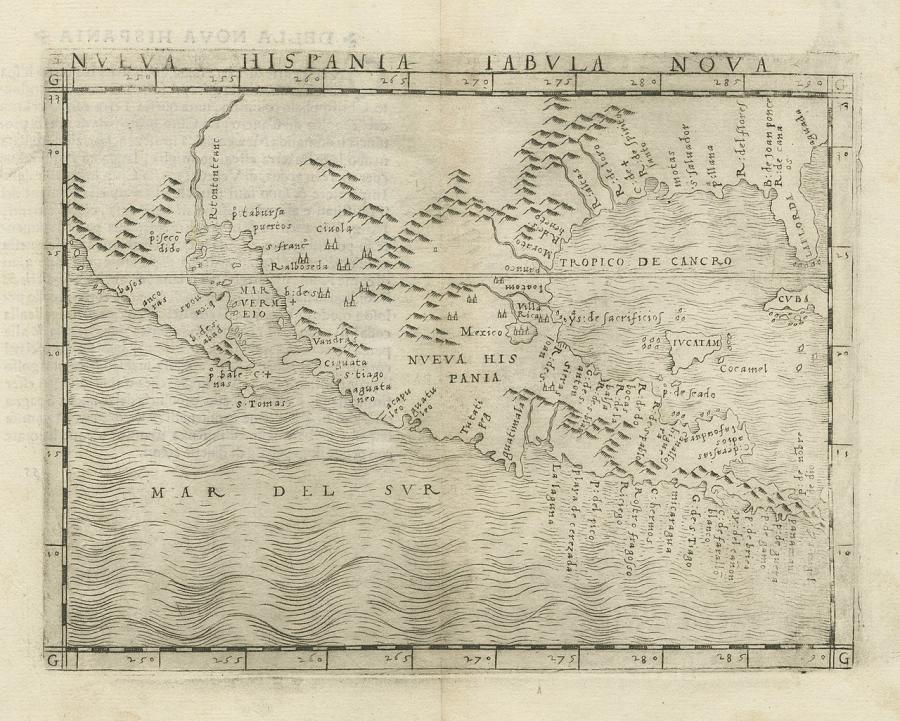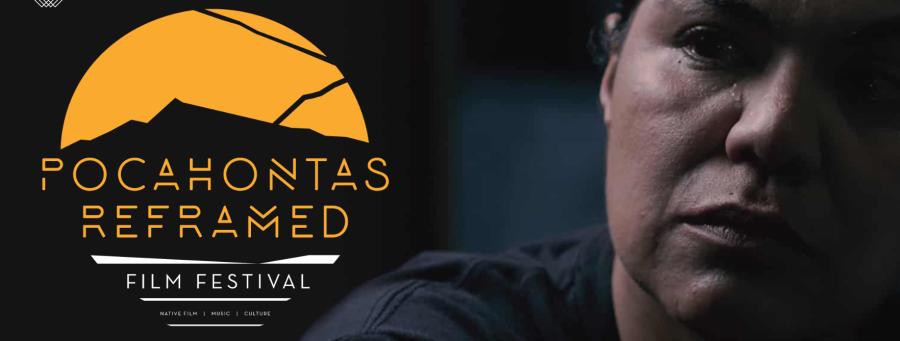Having nice guys on our staff isn't enough when they stand for assimilation rather than cultural preservation. They think artifacts are the Native culture…
They (school people) just don't learn. For sure I now know that our language and culture will not be saved by any school.
The writer is Martha Demientieff of Holy Cross, Alaska, a village of about 300 Athabascan and Yup'ik Eskimo people on the Yukon River. Like many other parents. Martha Demientieff has been teaching her children at home for some years. The girls study their books under their mother's supervision: they do regular chores and help care for their little nephew who lives nearby. With their father's guidance, they have snare lines. Martha sees all this as part of the girl's education and, she says, their education will never end, as hers has not. She is learning from older women the activities and skills which women her age must know to carry on village life.
Many Native people, like Martha Demientieff, believe that public education in its present form is inappropriate to their lifestyles. Many remember teachers and missionaries who would punish them for speaking their Native language in grade school. Secondary students had to leave home to go to boarding school. This meant that several generations of children grew to adolescents with little winter parenting, untrained in hunting, food preparation, and religious practices; instead, they learned ways of behaving that were disruptive to village life.
Despite recent attempts to make education sensitive to the special needs of their children, many Native parents consider public education antagonistic to the process of learning by which Native culture is passed on in Native communities. There is a growing belief that schools as they exist now are hurting their children. These same individuals want their children to have the advantages that schools apparently offer. To provide these benefits, in an appropriate form, they are demanding more control over and involvement in the education of their children. These demands increasingly bring them into conflict with administrators and regulations.
Several important legal and social events of the last decade have greatly influenced, and complicated, the Alaska Natives' attempts to secure an appropriate education for their children. While there has been much gained, parents see the need for even greater changes.
The Tobeluk vs. Lind consent decree (1976) stated that every Alaskan child had the right to a public education in his/her home village. Primary schooling was to be available in every community with at least 8 students and secondary education in every settlement with both a primary school and at least one high-school aged student.
In 1975, after the Lau vs. Nichols Supreme Court decision (1974), a memo from the Federal Office of Civil Rights specified that students had the right to receive instruction in standard English. In the meantime, while their English was being brought up to 'standard,' students could receive schooling in their own language. As a result, many Alaskan schools began hiring "bilingual aides," resident language speakers considered qualified by schools and school committees to teach language or Native "crafts."
While this led to a greater cultural sensitivity in the schools, the result were less than hoped for by many Native parents. The regional and state educational administration decided not only who was qualified to teach Native language but also what the qualifications were. Only those who had completed an approved program in education and received a baccalaureate degree could receive certification. The standards of approved programs are set by the state. Whenever educators refer to "standards" in certification, it involves the expectations and practices of their own culture. Although the local and state school systems established advisory boards of parents, linguists, anthropologists, and educators, the programs were universally controlled by non-Natives. School systems preferred to hire and retain "bilingual" aides with college experience. This eliminated most Native elders, culture-bearers, and competant speakers of Native languages.
This raises the major question that Alaskan educators and Native peoples are faced with at present: what does bilingual mean, and what does bicultural education mean? Many parents see it as a process that includes more than a non-Native teacher with minimal bilingual proficiency. They are demanding involvement of Natives in education, both in teaching and in curriculum design.
It is clear that the dominant American culture is in conflict with native Alaskan culture, even at the most basic level of conceptualization and language organization. My deepest experience with this conflict came while teaching poetry to Native children. The children were writing and narrating stories in forms that came from the stories they heard in their parent's language. They build lines of poetry on rhythms of talk, especially narratives, using their sensual knowledge to compose in ways that were normally undesirable in their schooling.
A growing body of scholarly knowledge shows there are indeed formal structures which these students were using, and that these structures reveal processes of learning and "seeing the world" which are different from Western conventions of literacy. Native speakers use their language in a process of highly developed formal abstraction of themes taken from social contexts. It both directs and reflects ways of learning and of socializing which are a different pattern than the formal learning as practiced in conventional public education.
It is clear that traditional ways of teaching and learning Native culture are different from those of the dominant society, both in content and in communicative forms and processes. Consequently, the efforts of non-Native teachers, administrators, and regulators are in conflict with their Native students cultural identity.
Increasingly, Native parents are aware of the crucial differences that teachers make in the classroom. Parents want to go on living in their own places, adjusting in their own way to changes brought by development in Alaska, and educating their children with the assistance of both Native and non-Native teachers. They say that the issue is really that the education of their children is their own responsibility, and that schooling is a part, but only a part, of that education. Non-Native educationalists who cannot, or do not, take account of the differences encourage cultural dissolution.
Article copyright Cultural Survival, Inc.



